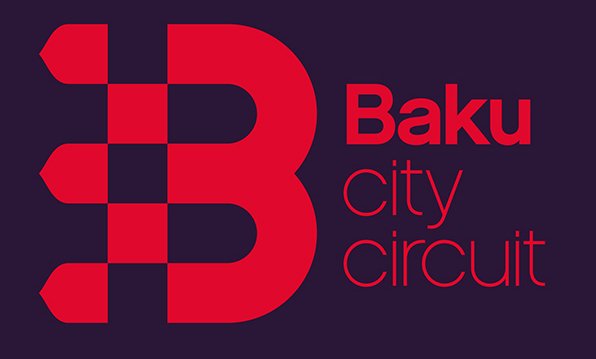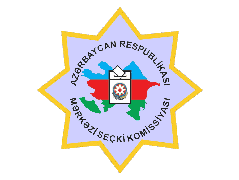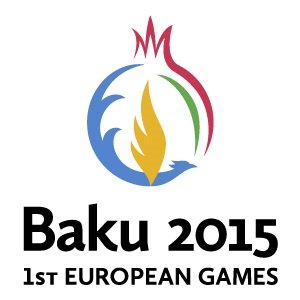-
Address:Kalbajar, AZ3200
A beautiful temple has been erected in the North-West from Khankandi village of Nagorny Karabakh in a high precipitous plateau, on the bosom of green mountains with thick forest. This is the famous Ganzasar temple which reflects the building skill of ancient Albania and which is the memory of the medieval architecture. The building of the temple began in 1216 upon the order of the prince Hasan Jalal, one of the rulers of Ashagi Khachin, who is from Mehranis generation, ended in 1238. It became sacred and was commissioned in 1240. This has also been the generation tomb of Albanian Catholicosus, rulers and the tomb of Hasan Jalal’s ancestors. Notably, this is a monaster, afterwards Ganzasar has become the main centre of Albanian culture. There has been the residence of the Catholicosus of the Albanian church, school and other educational places. Hasan Jalal himself, who was killed by the Mongolians in 1261, as well as people from his generation have been buried in the temple. The following words have been written on Hasan Jalal’s gravestone: “The great prince Jalal built this beautiful stone church in 1216 following his own and his parents will and completed it in 1238 in accordance with his- Jalal Dovla’s and his wife Mamka’s volition, embroidering it with different ornaments (pictures)”.
As it is seen from the scripts on the gravestones in the monaster, the monaster was functioning in early XVIII century as well and local population was calling Ganzasar as an Albanian temple. The building of the temple has been built on a high, five-stepped platform. A tent built in the pyramid style is erected. The middle of the steps in the erecting and main round part of the temple have been decorated with monuments which have some significance for one another. The monuments of Adam, Havva, Isa, human figures sitting on the knees and connecting the hands together, various bird, etc. images have been engraved skillfully here. There is a wide cross on the longish, narrow window at the wall in the West side of the temple. Crucified Isa’s figure has been engraved on the lower of the cross.
The tent of the temple is round from inside as well and is divided with buildings. The salon is large and light. The subsidiary buildings with different areas have also been included in the monaster complex.
The investigators of the temple consider that a part of the old buildings have been restored through erecting the monaster complex on the remainders of an old idolatrous Albanian temple destructed for some reasons.



.png?v=DqKtbngFu8-eBM77oNP77E2SV2gNF4_tUk0Y9IcK12s)

















